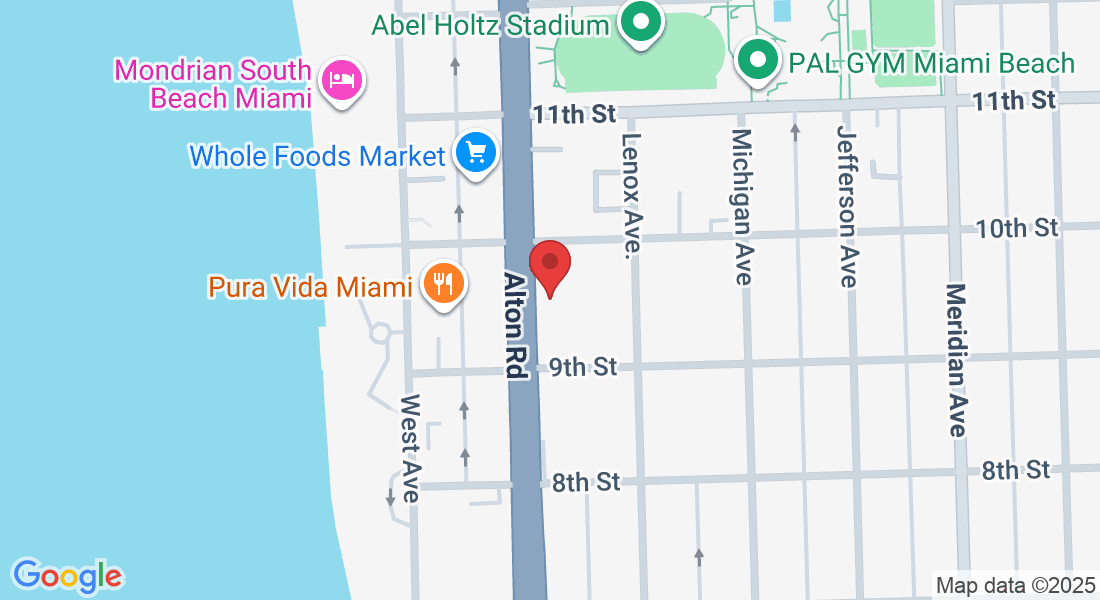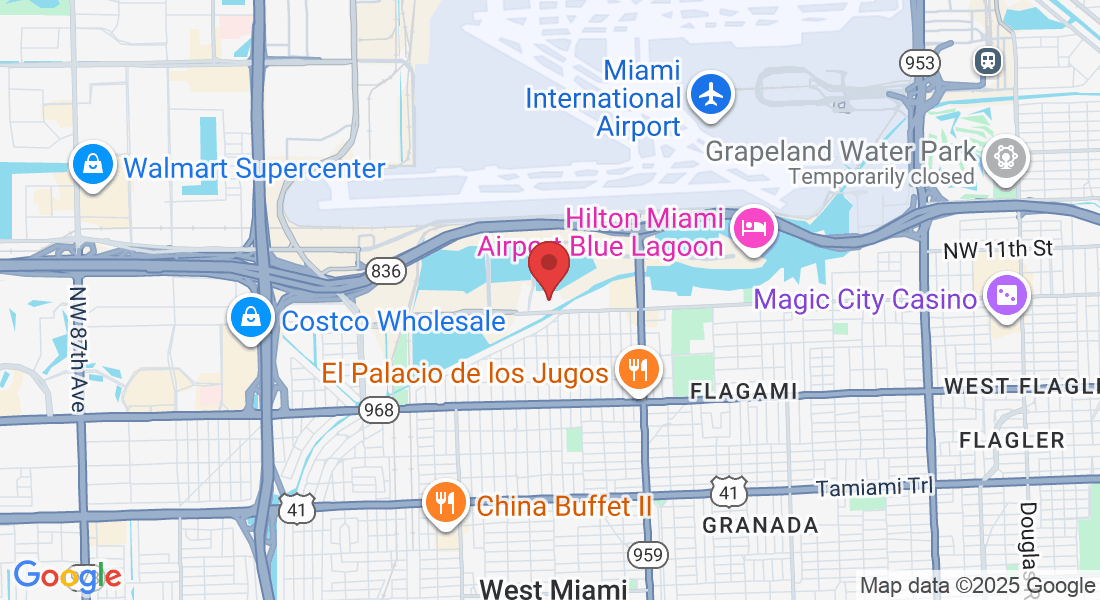📞Call Now: (305) 987-3053
THE ULTIMATE GUIDE FOR MIAMI WAREHOUSE OWNERS
How to Sell for Top Dollar-Fast!
Pricing your Property to Create a Bidding War
And today, we're going to be talking about one of the most important parts of selling your property, and that's pricing it for the intent of creating a bidding war. So, let's dive right in.
As we've talked about in previous conversations—we discussed overpricing versus underpricing.
First, let’s talk a little bit about appraisal value versus market value, and then get into how people look at your property, value your property, and how we’re going to get them to pay the most for it.
Appraisal value is what appraisers use to find the highest and best use of the property. Now, that’s in the eye of the beholder, but for the most part, it falls into two buckets:
- Owner-users
- Investors
Owner-users value properties using comparative sales. Why? Because they are not looking for a return. They are not using what’s called the income approach, which is:
Money comes in (rents) → Money goes out (operating expenses) → What’s left is called NOI (Net Operating Income).
Sound familiar?
When appraisers analyze a property they determine whether an owner-user or an investor is the highest and best use. That will determine your market value (comparative sales vs. the income approach).
Let’s say, for argument’s sake, you own an investment-grade property. Most of the folks I work with do. The beautiful thing about them is that it’s pretty straightforward in terms of what your rents are. Are they at, below, or above market? What are your operating expenses? It becomes a mathematical formula.
It’s less dependent on what other properties have sold for, compared to owner-user properties. If you have clean records, and you can show:
- These are my rents
- These are my expenses
- What’s left over is the NOI
That’s how you’ll value your property.
Creating a Bidding War
Whether you’re an owner-user or an investor selling your property, there are a couple of things you can do. So many people make the mistake of overpricing the property and hoping someone comes in and gives them a reasonable offer. What winds up happening? The property sits.
We’re in the digital age. Long gone are the days of just putting up a sign, posting in the newspaper, and waiting for calls. Today, people start their property search online.
LoopNet is now the top platform—very user-friendly and widely used by buyers and brokers. But here’s the issue: people search by price range. If someone’s budget is $3 million, they’re not going to search properties listed at $5 million just to “see everything.” They’ll cap their search where their budget or lender limits are.
So if you price your property too high, you’ll be completely invisible to those buyers.
Example
Let’s say you want to sell your property for $3.5 million.
Don’t list it at $4.3 million.
Why?
Because buyers searching between $3 million and $4 million won’t even see your listing. Anything above $4 million is outside their range, both psychologically and financially.
Overpricing leads to invisibility.
As I said before it’s like the old saying:
"If a tree falls in the woods and no one hears it, did it even fall?"
Same for listings:
If no one sees your overpriced property, is it even on the market?
Avoid pricing slightly above psychological barriers—like $4 million, $5 million, etc. If a property was listed at $5.3 million and you reduce it to $5.050 million, it won’t help(if you are willing to accept $4.6). You’d be better off dropping it to just under $5.0 million or lower to catch new eyes.
Strike Zone Strategy
To create a bidding war, you want to price it as close to your strike price as possible.
Let’s say your strike price is $3.5 million. Here’s what usually happens:
- 0–5% above market → You get multiple offers
- 5–10% above market → You may get a few scattered offers
- Over 10% → Offers dry up or aren’t serious
CAUTION: DO NOT FALL INTO THIS PITFALL!
Most would be sellers mistakenly look at asking prices, not closed comps.
Which is why I educate my clients well in advance on what is actually going on in the market-what properties are actually selling for not what uninformed sellers are ASKING…
You can ask anything you want… Selling is a completely different conversation, and if you are this far into the book, you are serious about selling…
But remember:
Asking isn’t getting. Use actual sales data to set your list price.
The Auction Effect
Have you ever bought something just because the sale was ending today?
Maybe it was a car, TV, or something during a holiday sale.
That’s the auction mentality—the fear of missing out (FOMO).
Use that to your advantage. If you price your property right, you can get multiple buyers interested, and they’ll bid against each other. This creates upward pressure on your price.
A lot of people say:
“I don’t want to leave money on the table.”
And neither do we. Remember:
When you win, your broker wins too.
Be Firm on Price
So here’s what I recommend:
- List the property as close to your strike price as possible
- Then be firm on your pricing
- Don’t waffle. That firmness builds credibility and drives urgency.
Want Help?
I’m more than happy to provide a Broker Opinion of Value (BOV) for you. We’ll look at:
- What your property is worth in today’s market
- What it would actually sell for, not what people are asking
- Which pricing strategies to use for maximum value
You only get one chance to make a first impression—make sure you hit it out of the park.
Visit: www.darkhorse-commercial.com
Why "Testing the Market" Backfires
Let me tell you a quick story.
A property goes live. It’s overpriced.
It sits… sits… and gets reduced… and reduced… and reduced.
After a few months, the property has stigma.
Buyers and brokers have seen it in emails for months. Nobody’s talking about it anymore.
“If it hasn’t sold yet, something must be wrong with it.”
We’ve all seen these listings that are stale, like three-day-old fish. They stink.
Buyers avoid them.
That’s what happens when you “test” the market.
Maybe that worked 20 years ago when marketing was limited, but not today.
In a digital world, buyers filter by price.
If your property is above their limit, they’ll never even see it.
Case Study: 10% Over Ask
I sold a redevelopment property to a school which used to by a church.
We listed it smartly, and got two serious buyers interested.
They bid against each other.
We ended up $1 million over the original bid, well above the asking price.
List price: $4 million → Final price: $5 million (25% over)
It worked because we priced it to sell, not to go fishing.
Final Thoughts
You’ve probably seen this yourself—overpriced listings everywhere on LoopNet.
Then suddenly, one property is priced right, and it stands out like a sore thumb.
That’s the one that sells fast.
Why?
Because:
You only get one chance to make a first impression.
Assistance Hours
Mon – Fri 9:00am – 5:00pm
Phone Number:
(305) 987-3053
CONTACT US
Assistance Hours
Mon – Fri 9:00am – 4:00pm
Phone Number:
(305) 987-3053


